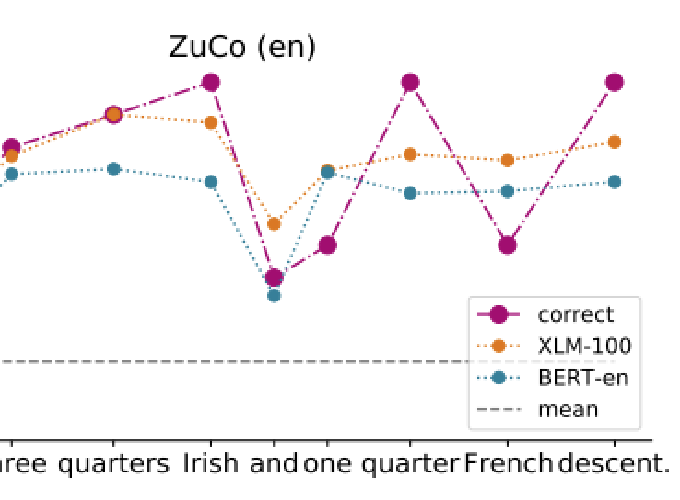Multilingual Language Models Predict Human Reading Behavior

Multilingual Language Models Predict Human Reading Behavior
Abstract
We analyze if large language models are able to predict patterns of human reading behavior. We compare the performance of language-specific and multilingual pretrained transformer models to predict reading time measures reflecting natural human sentence processing on Dutch, English, German, and Russian texts. This results in accurate models of human reading behavior, which indicates that transformer models implicitly encode relative importance in language in a way that is comparable to human processing mechanisms. We find that BERT and XLM models successfully predict a range of eye tracking features. In a series of experiments, we analyze the cross-domain and cross-language abilities of these models and show how they reflect human sentence processing.